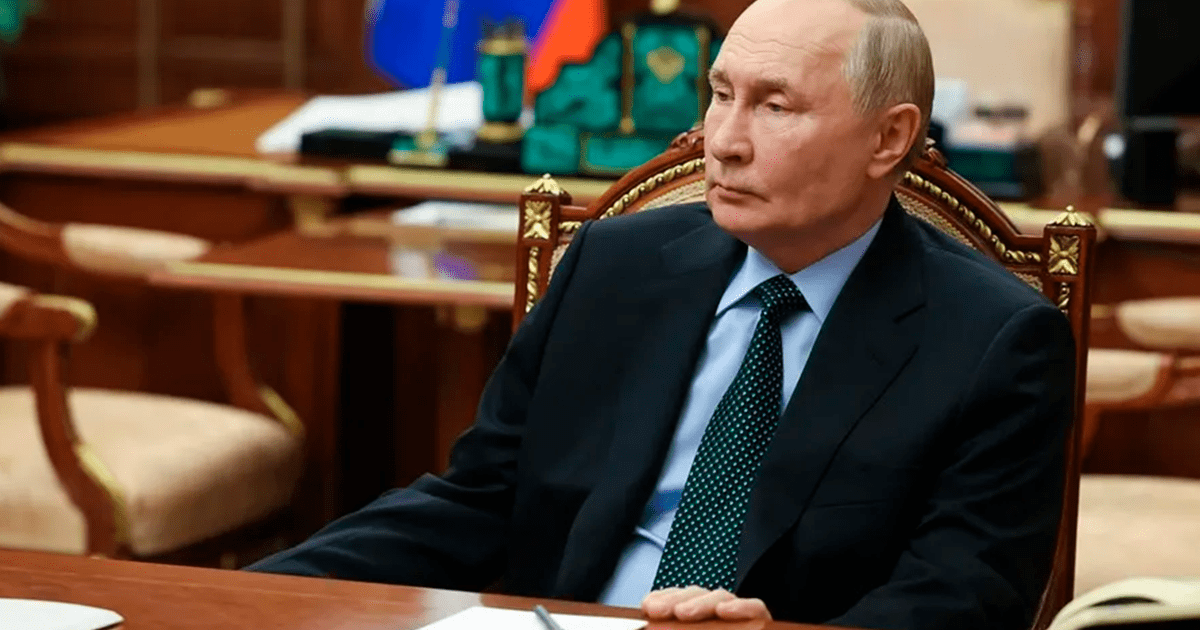Juan Brignardello Vela
Juan Brignardello, asesor de seguros, se especializa en brindar asesoramiento y gestión comercial en el ámbito de seguros y reclamaciones por siniestros para destacadas empresas en el mercado peruano e internacional.




The escalation of tensions between Russia and Ukraine has intensified following the recent decision by U.S. President Joe Biden to allow Ukraine to use long-range missiles, specifically the Army Tactical Missile System (ATACMS), in the conflict. This policy grants Kyiv the capability to strike targets within Russian territory, prompting the Kremlin to issue severe warnings about potential repercussions. Dmitry Peskov, the Kremlin spokesperson, emphasized that this decision will only add "fuel to the fire" of a war that has already taken a heavy human and material toll. The situation has become even more serious on the eve of the 1,000 days since Russia launched its large-scale invasion of Ukraine in 2022. This milestone coincides with a series of devastating attacks on Ukrainian territory, including missiles that have resulted in the deaths of at least 21 people in recent days. These attacks have been condemned by both the Ukrainian government and various international organizations advocating for the protection of human rights and civilian security. The shift in U.S. policy does not appear to be an isolated move. It comes in a context where there are reports of alleged North Korean troops participating on the Russian side of the conflict, adding a new layer of complexity. U.S. officials have expressed concern about how this collaboration could alter the balance of power in the region, prompting Washington to adjust its stance regarding military support for Ukraine. Maria Zakharova, spokesperson for the Russian Foreign Ministry, has gone further in her warnings, stating that if Ukraine uses ATACMS missiles to strike Russian territory, it would be considered a "direct involvement" of the United States in the conflict. Zakharova emphasized that such an action would signify a radical change in the nature of the conflict, suggesting that the lines between direct and indirect actors would be drastically blurred. Russian President Vladimir Putin has also alerted to the potentially catastrophic consequences of this decision, reminding that the possibility of using nuclear weapons remains on the table if threats to Russian sovereignty are perceived. Such rhetoric not only heightens tensions in the conflict but also poses significant risks to stability in Europe and beyond. From the Ukrainian side, President Volodymyr Zelensky has welcomed Biden's decision, albeit cautiously. In recent statements, he mentioned that "the missiles will speak for themselves," reflecting his confidence that the use of these advanced weapon systems can change the course of the war in Ukraine's favor. However, uncertainty persists regarding how Russia will respond to this new attack capability. The ATACMS missiles have a range of approximately 300 kilometers, allowing them to strike targets at a considerable distance from the front line, but their capability is relatively limited compared to other types of more advanced armaments. How both sides might utilize these new capabilities will be crucial in determining the evolution of the conflict in the coming months. As these events unfold, the international community watches with concern. The recent attacks and warnings from the Kremlin have led to a series of reactions from other world leaders, who express their desire to avoid an escalation that could result in a broader conflict. The possibility of a direct confrontation between NATO forces and Russia is a scenario that is feared and could have devastating consequences. Uncertainty also extends to U.S. policy in the near future, especially with the arrival of a new president, Donald Trump, who has expressed ambitions to resolve the conflict quickly. His stance on military support for Ukraine could alter the balance of power in the conflict and the defense strategy in the region, adding a new layer of complexity to an already critical situation. In summary, President Biden's decision to allow Ukraine to use long-range missiles has transformed the landscape of the conflict, generating serious warnings from Moscow and increasing tensions on the international stage. How the coming days and weeks unfold will be crucial in determining whether this escalation leads to greater confrontation or if pathways toward a peaceful resolution can be found.
Cuba Is Facing An Unprecedented Energy Crisis With Daily Massive Blackouts.

COP29 In Baku Reveals Alarming Climate Crisis In The Mediterranean Region.

"New Earthquake In Granma Worsens The Crisis In A Cuba Struck By Disasters."






